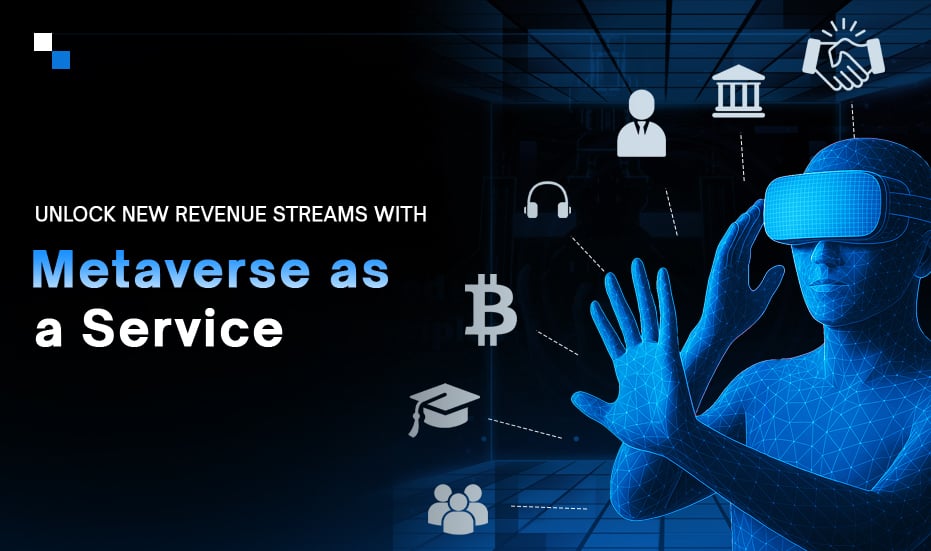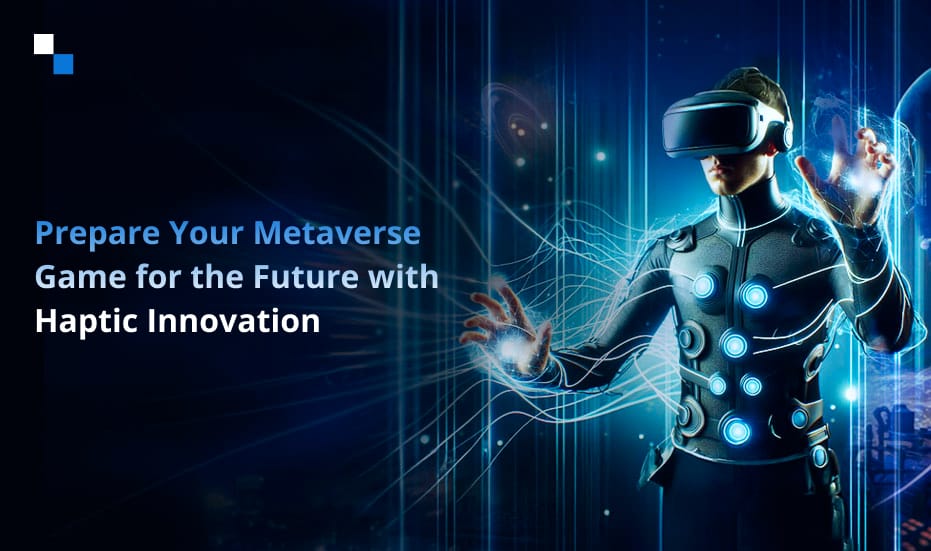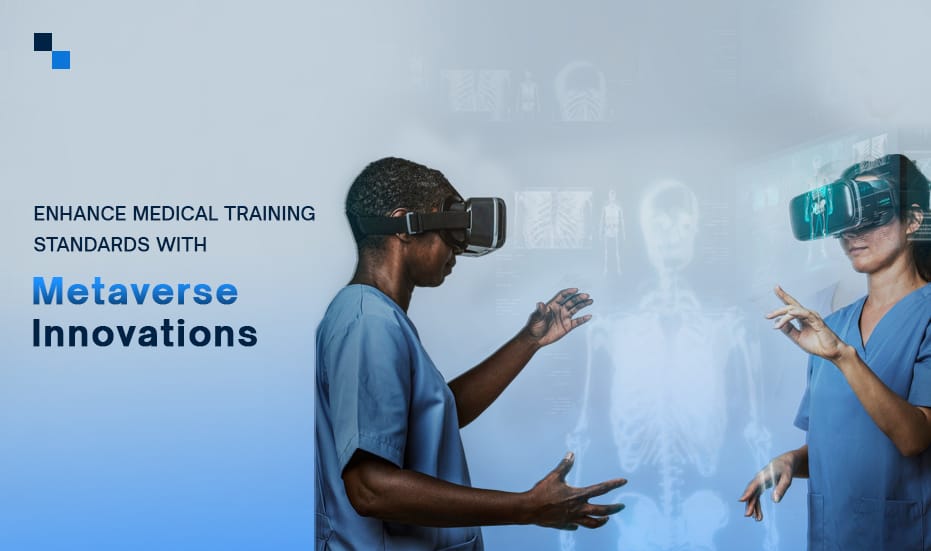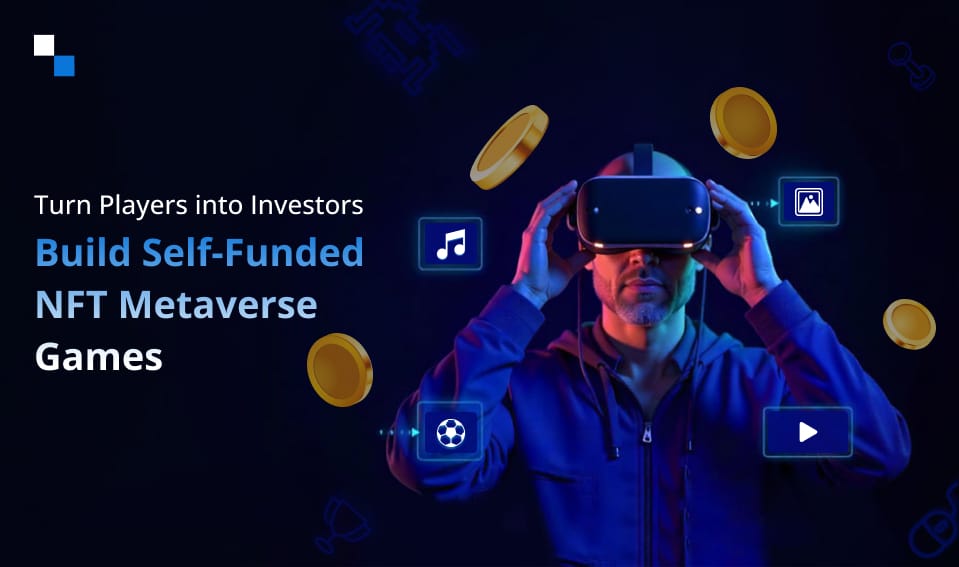The metaverse is no longer a sci-fi fantasy—it’s going to be a $1.5 trillion market by 2030. By the end of 2025, Metaverse-as-a-Service (MaaS) will emerge as the backbone of this digital frontier, enabling businesses to build, scale, and monetize immersive experiences without massive upfront investments. This blog is your compass to navigate the MaaS landscape, offering actionable insights for innovators ready to lead in this new era.
In the sections ahead, we’ll explore how MaaS works, its business value, industry applications, and strategies to partner with the right metaverse development company. Let’s dive in.
Understanding Metaverse-as-a-Service (MaaS)
What is MaaS?
MaaS is a cloud-based model where businesses access pre-built metaverse development infrastructure—virtual worlds, AI tools, blockchain integrations, and 3D design modules—on a subscription basis. Think of it as AWS for the metaverse: instead of coding a universe from scratch, companies customize ready-made frameworks to suit their goals.
How MaaS Differs from Traditional Metaverse Development
Developing a metaverse traditionally requires expensive efforts and months of R&D. MaaS flips this model:
- Cost Efficiency: Pay-as-you-go pricing reduces capital expenditure.
- Speed to Market: Deploy virtual stores, events, or training modules in weeks.
- Scalability: Adjust resources based on user demand (e.g., hosting 10 or 10,000 avatars).
The Role of a Metaverse Development Company
A metaverse development company acts as your co-pilot, offering:
- Platform customization
- Integration with existing CRM/e-commerce systems
- Ongoing technical support
Why 2025 Is the Pivotal Year for MaaS Adoption?
In 2025, the digital world is reaching an inflection point where immersive experiences move beyond prototyping into the realm of broad business application. Several industry forces converge to make this year pivotal for Metaverse-as-a-Service adoption. A significant factor lies in the accelerated evolution of consumer expectations. Customers now demand interactive, immersive experiences that transcend traditional 2D interfaces. At this juncture, strategic investments in metaverse development are proving essential for companies that want to remain competitive.
Key drivers fueling this pivotal moment include:
- Technological Maturity: Innovative hardware and software solutions now deliver seamless experiences. Devices offer full-colour passthrough, real-time tracking, and AI-driven personalization.
- Economic Incentives: With operational efficiencies and new revenue streams emerging, businesses find it economically compelling to invest in immersive ecosystems.
- Business Resilience: Amid volatile markets, immersive digital strategies provide a buffer, supporting continuity through virtual remote work, global events, and scalable customer engagement.
The broader adoption of integrated platforms is set to redefine enterprise operations. Industry analyses predict that leveraging metaverse development company services will soon become as crucial as adopting cloud or mobile solutions was a decade ago. Organizations are poised to tap into these immersive trends by deploying ready-to-use MaaS systems that accelerate digital transformation without the considerable overheads of ground-up development.
Essential Components of a Robust MaaS Platform
A seamless MaaS platform is built on several critical pillars that ensure a seamless and engaging digital environment:
- Cloud Infrastructure:
This infrastructure allows enterprises to launch and manage immersive experiences with low latency and high reliability. This agility is at the heart of metaverse development, ensuring that platforms remain responsive even under intensive usage.
- Virtual Environment Engine:
Advanced graphics processing, physics simulation, and AI-driven behavior modeling contribute to creating realistic, interactive virtual worlds. Leading metaverse development company solutions often integrate proprietary rendering technologies for maximum visual fidelity and smooth performance.
- Data Integration and Security Layer:
The platform must incorporate APIs for IoT devices, enterprise databases, and sensor feeds that allow real-time data reflection in the immersive space. Equally important are stringent security protocols, blockchain, and end-to-end encryption ensure that digital assets, transaction records, and user data are protected against unauthorized access.
- User Interface and Experience (UI/UX):
Intuitive navigation, customizable dashboards, and adaptive control systems drive adoption. The incorporation of haptic feedback, spatial audio, and gesture-based interactions enriches the overall experience. These design aspects ensure that even complex metaverse development solutions remain user-friendly and engaging for a non-technical audience.
- Interoperability and Integration Tools:
This layer includes modular components and standardized protocols, ensuring that systems can exchange data and assets across platforms. Open APIs, SDKs, and plug-and-play modules are what set apart services offered by a forward-thinking metaverse development company.

Additional Enhancements:
- AI and Machine Learning:
AI integration drives contextual personalization and predictive analytics, transforming static environments into adaptive, real-time interactive spaces. - Blockchain and Decentralization:
These technologies safeguard ownership, enable digital asset trading, and build trust through transparent processes. - Edge Computing:
Edge solutions reduce latency and support the dynamic scaling of immersive experiences, ensuring consistent performance.
Real-World Business Use Cases of MaaS
The versatility of Metaverse-as-a-Service (MaaS) lies in its ability to adapt to virtually any industry. By 2025, businesses across sectors will leverage MaaS to reimagine operations, customer engagement, and revenue streams. Let’s dissect how five industries are already harnessing this disruption.
1. Retail & E-Commerce: Beyond Virtual Storefronts
Retailers are no longer limited to static websites or 2D product catalogs. With MaaS, brands can launch immersive virtual stores where users can explore 3D replicas of products, interact with AI-powered shopping assistants, and even “try on” digital apparel using AR-enabled avatars. For instance, a luxury watchmaker could use MaaS to create a virtual showroom where customers inspect intricate designs in real time, customize watch faces via NFTs, and attend exclusive launch events—all while reducing physical overhead costs.
The integration of blockchain via MaaS also enables seamless cross-platform ownership. A digital handbag purchased in a brand’s virtual store can be worn across multiple metaverse platforms, traded as an NFT, or even linked to a physical product’s warranty. This interoperability, powered by partnerships with a metaverse development company, bridges the gap between digital and physical commerce.
2. Education & Corporate Training: Immersive Learning at Scale
Traditional e-learning modules struggle with engagement rates below 15%. MaaS flips this narrative by enabling interactive, gamified environments. Universities host virtual campuses where students attend lectures as avatars, collaborate in 3D labs, and simulate real-world scenarios (e.g., medical surgeries, engineering prototypes).
For enterprises, MaaS-driven training programs reduce costs and risks. Engineers can train in assembling aircraft engines within a risk-free digital twin environment through MaaS platforms. Employees learn through hands-on practice, with AI analytics tracking their progress and flagging skill gaps. Such metaverse development solutions can slash training costs by 30% while improving retention rates by 70%.
3. Healthcare: Telemedicine 2.0
The healthcare sector is adopting MaaS for everything from virtual consultations to surgical simulations. This allows doctors to practice complex procedures in hyper-realistic 3D environments, reducing errors by 25%. Patients, meanwhile, benefit from virtual therapy sessions where AI avatars provide mental health support in customizable, calming environments (e.g., a beachside cabin).
Metaverse development company also empowers global collaboration through MaaS. A surgeon in New York can guide a procedure in Nairobi using AR overlays and real-time data streams, all hosted on a secure and compliant MaaS platform.
4. Manufacturing: Digital Twins and Remote Collaboration
Factories are leveraging metaverse development to create digital twins, virtual replicas of production lines that monitor efficiency, predict maintenance needs, and simulate workflow changes. Companies use MaaS to connect global teams in a shared virtual workspace where engineers troubleshoot machinery in real time, reducing downtime by up to 50%.
5. Entertainment: Redefining Fan Experiences
MaaS enables creators to build interactive worlds where fans don’t just watch content, they live it. Imagine a streaming platform like Netflix offering MaaS-powered “choose-your-own-adventure” movies where viewers influence plotlines through their avatars or a music festival where attendees teleport between stages hosted in different virtual realms.
Prepare Your Business for the MaaS Era with a Metaverse Development Company
The Metaverse-as-a-Service revolution is not a distant future, it’s unfolding now. By 2025, businesses that delay metaverse development & adoption risk obsolescence, while early adopters will dominate their industries with immersive customer journeys, agile operations, and new revenue streams. Whether you’re a retailer crafting virtual try-ons, a manufacturer optimizing digital twins, or a healthcare provider delivering telemedicine in 3D, MaaS is your gateway to innovation. Therefore, now is the time to pilot a MaaS-powered virtual storefront or training module. Use analytics to refine the experience before scaling. Choose a metaverse development company with proven expertise, like Antier, and create a roadmap aligned with future trends like AI and quantum computing. Schedule a consultation with our team to get started.





